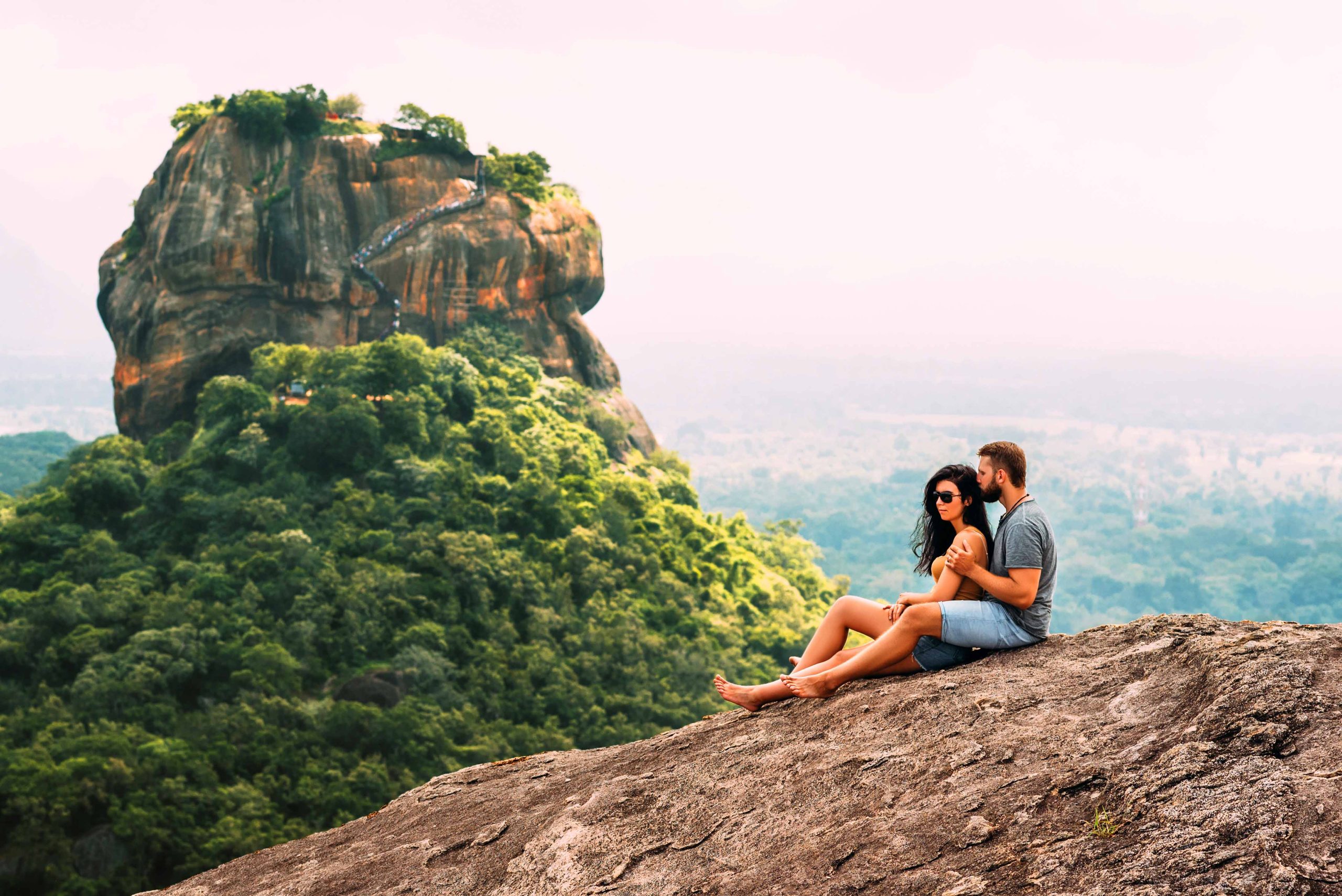Surfing in Sri Lanka: A Beginner’s Guide

Sri Lanka is a paradise for surfers, with its pristine beaches, warm waters, and consistent waves. In this article, we will explore everything you need to know about surfing in Sri Lanka as a beginner, from the best surf spots to tips for getting started.
Table of Contents
ToggleWhat are the best surfing spots in Sri Lanka?
Sri Lanka offers a variety of surf spots for beginners, intermediates, and advanced surfers. Some of the best spots for beginners include Hikkaduwa, Weligama, and Mirissa. These spots offer gentle, rolling waves that are perfect for learning the basics of surfing. Intermediate surfers can head to Arugam Bay or Midigama, where they will find more challenging and consistent waves. Advanced surfers might enjoy spots like Plantations or Rams – both known for their powerful and fast waves.
How can beginners get started with surfing in Sri Lanka?
If you’re new to surfing, it’s best to take a lesson from a local surf school. These schools offer experienced instructors who will teach you the basics of surfing, including paddling, popping up, and riding the waves. Beginners should start on a longboard, as they are more stable and easier to balance on. It’s also important to practice proper surf etiquette and respect the local surfers and the ocean.
What is the best time of year to surf in Sri Lanka?
The best time to surf in Sri Lanka is during the southwest monsoon season, which runs from November to April. During this time, the southern and western coasts of Sri Lanka receive consistent swells and offshore winds, creating ideal surfing conditions. The east coast, on the other hand, is best surfed during the northeast monsoon season from May to October.
What should beginners pack for a surf trip to Sri Lanka?
When packing for a surf trip to Sri Lanka, beginners should make sure to bring sunscreen, a rash guard, board shorts, and plenty of water to stay hydrated. It’s also a good idea to bring a beginner-friendly surfboard, such as a foam or soft-top board, as well as wax and a leash. Don’t forget to pack a first aid kit in case of minor injuries, and a camera to capture your surfing adventures!
Are there any cultural considerations for surfers in Sri Lanka?
While surfing in Sri Lanka, it’s important to respect the local culture and customs. Dress modestly when on the beach or in town, and be mindful of local customs and traditions. Avoid surfing near fishing boats or interfering with local fishermen, and always ask for permission before accessing private beaches. By being a respectful and responsible surfer, you can help preserve the beauty of Sri Lanka’s beaches for future generations.
Conclusion
Sri Lanka is a fantastic destination for beginner surfers, with a variety of surf spots to choose from and warm waters year-round. Whether you’re looking to catch your first wave or improve your skills, Sri Lanka has something to offer surfers of all levels. So pack your bags, grab your board, and get ready for an unforgettable surfing adventure in this beautiful island paradise.
FAQs
1. Can I rent surfboards in Sri Lanka?
Yes, there are plenty of surf shops and schools in Sri Lanka where you can rent surfboards and other equipment. Prices are usually reasonable, and the staff are helpful in finding the right board for your skill level.
2. Are there any dangerous marine animals to watch out for while surfing in Sri Lanka?
While shark encounters are rare in Sri Lanka, it’s always a good idea to be aware of your surroundings and avoid surfing alone in remote areas. Jellyfish and sea urchins are more common and can cause minor injuries, so it’s best to wear water shoes and check the water before entering.
3. Is it safe for solo female travelers to surf in Sri Lanka?
Yes, Sri Lanka is generally a safe destination for solo female travelers. However, it’s always a good idea to take precautions when surfing alone, especially in remote areas. Stick to popular surf spots with other surfers around, and consider taking a lesson from a local surf school for added safety.
4. What is the cost of a surf lesson in Sri Lanka?
The cost of a surf lesson in Sri Lanka can vary depending on the location and the school. On average, a one-hour group lesson can range from $20 to $40, while a private lesson can cost between $40 and $60. Some surf schools also offer multi-day packages, which can be more cost-effective for beginners looking to improve their skills.
5. Can I surf in Sri Lanka during the rainy season?
While the rainy season in Sri Lanka can bring heavier rainfall and rougher seas, there are still plenty of surf spots that offer good waves during this time. Just be prepared for occasional downpours and check the surf forecast regularly to find the best conditions. As always, safety should be a top priority when surfing in changing weather conditions.
All Categories
Recent Posts
How to Obtain an International Driving License in Sri Lanka
Flying from KTM to Sri Lanka: What You Need to Know
Affordable Business Class Flights to Sri Lanka

